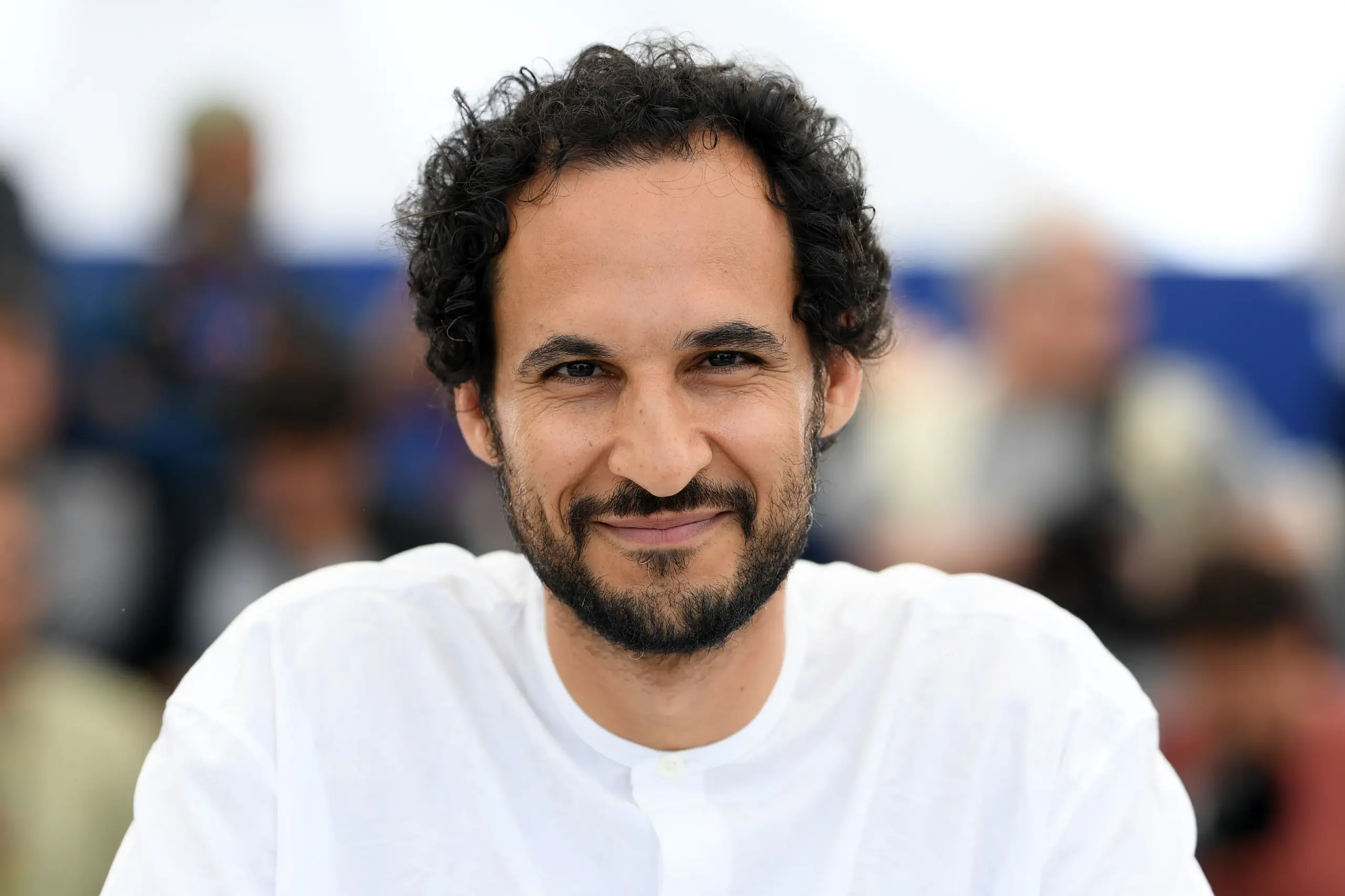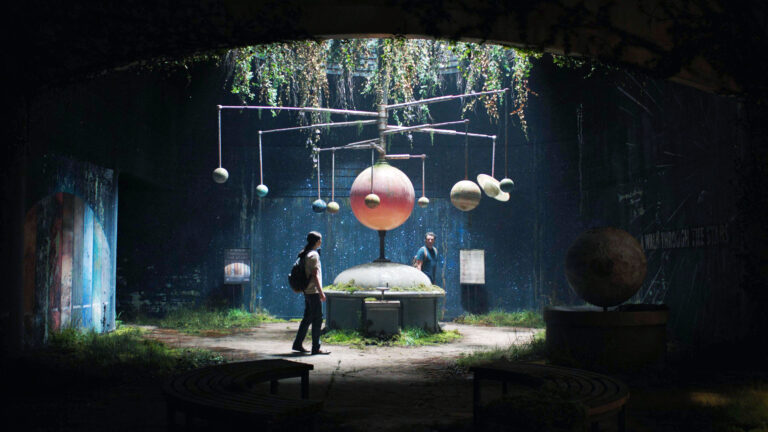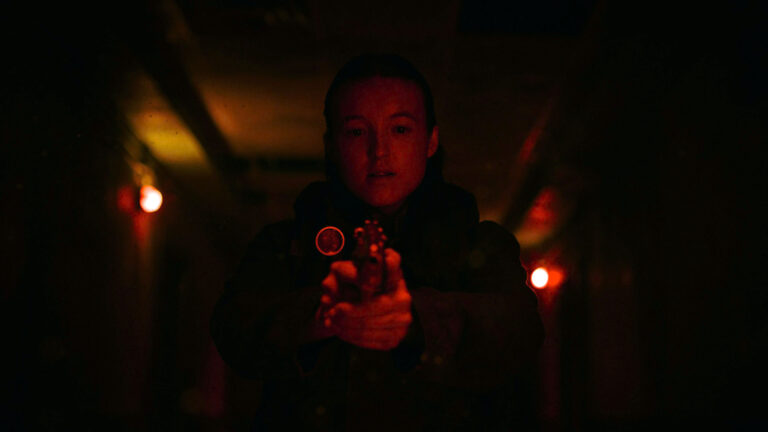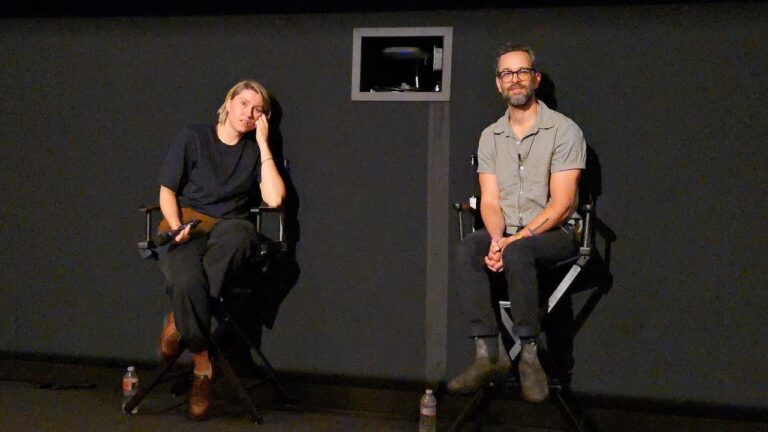Ali Abbasi walked into the world of “The Last of Us” and, wow, did he bring his own flavor. For fans glued to the darkest moments of the season, Abbasi’s direction of episodes 8 and 9 didn’t just live up to the hype — it left scorched earth behind. This isn’t his first foray into the uncomfortable and the raw; you’ve seen his steady hand in films like “Border” and “Holy Spider.” So, when HBO handed over the wild keys to the season’s most volatile episodes, Abbasi didn’t hesitate to take viewers right to the edge. Seriously, if these episodes didn’t leave you picking at your fingernails — did you even watch them?
Two Episodes. Maximum Mayhem. One Visionary Director.
Abbasi picked up the directorial baton for the season’s last two episodes: “When We Are in Need” and “Look for the Light.” If that second title doesn’t get your doom radar beeping, you probably haven’t played the game or binged the show… yet. The pressure came like a clicker at midnight, but, honestly, Abbasi thrived on it.
- Episode 8 flings Ellie into a sickening standoff against David and the cannibals. Not a dinner party you’d RSVP to, right?
- Episode 9 delivers that infamous hospital rampage — yep, the one fans have chewed over since the original game dropped.
Abbasi steps out swinging. His camera lingers and darts, never flinching from violence but refusing to glamorize it. Shadows stretch, close shots suffocate, and the tension builds until your couch cushions have claw marks. It all feels relentless because, well, it absolutely is.
Joel’s Hospital Rampage: Beauty Meets Brutality
When Joel storms the Firefly hospital, Abbasi throws us right in the thick of it. There’s no triumphant action music, no epic hero slow-motion sequence. Instead, Gustavo Santaolalla’s mournful score washes over the bullets and the blood — a gut punch in audio form. You feel every decision. Every shot. Every desperate gasp.
Abbasi doesn’t stay wide or pull back. He gets close. Way too close, sometimes. The lens almost follows the sound of Joel’s heartbeat. Instead of glorifying his actions, Abbasi makes us live them. The effect? Discomfort. Anxiety. Unavoidable empathy and horror, mashed together and served cold.
- The camera follows Joel tightly through whitewashed corridors. The horror doesn’t pause, not even when you wish it would.
- Faces twist in agony, and the audience is forced to look — no cutaways to blue skies or salvation.
- The aftermath never gets curtain-dropped. You see the cost, on every body and especially in Joel’s eyes.
Most action directors love a bit of chaos. Abbasi leans into the emptiness after chaos. He lets the silence hang. The mourning plays loud, not the violence. This is what sets these final 40 minutes apart from dozens of other genre shows.
The Style: No Stranger to Darkness
Let’s get into what makes Abbasi’s style tick because, honestly, it’s not just about blood and bullets. The man knows unsettling. Think “Border’s” bizarre fairytales or “Holy Spider’s” dense moral grey zones. Abbasi injects a similar dread into “The Last of Us.” But this isn’t art house for art house’s sake. Every sinister shadow, every odd framing, serves the emotional tone.
Teaming up once again with acclaimed cinematographer Nadim Carlsen, Abbasi squeezes out textures and colors that look gorgeous but feel ominous. The duo loves letting scenes breathe, even when what fills the screen isn’t so comforting.
- Intimate close-ups let us climb inside the characters’ heads.
- Claustrophobic frames make sure there’s no escape — for Ellie, Joel, or us.
- Long silences stretch until only nervous glances fill the air.
That visual style fits “The Last of Us” like a glove made of barbed wire.
Red-Hot Controversy: No Hand-Holding in Sight
Fans who’ve stampeded to message boards (and come on, we all have) immediately noticed how Abbasi held nothing back. The infamous hospital rampage has forever divided audiences. Is Joel a savior or a monster? Abbey’s answer: that’s for you to decide, but here are all the ugly facts.
Instead of hero worship, Abbasi lets the audience stew in anxiety. Even the music — again, Santaolalla doing subtle wizardry — tells you this isn’t something to cheer. It’s a turning point. You might sympathize with Joel, or you might want to look away. Either way, you can’t ignore it.
Alternative Ending: The Road Not Taken
Here’s something not everyone caught: Abbasi actually dabbled with an alternate closing moment for the finale. In his vision, Ellie says “okay” like in the game, but she walks away from Joel, heading toward Jackson alone. The shot lingers, the emotional rift obvious, as the two former survivors trudge apart. Bleak much? Absolutely.
But, after some debate, Craig Mazin and Neil Druckmann — the architects of the series and the original game — decided to stick to their (literal) guns. They wanted that ambiguous close-up on Ellie. No dramatic walk away, just a raw, uncertain gaze. The vibe matches the game’s haunting uncertainty and preserves that heartbreak, right up to the credits. It’s open-ended, jagged, and tough to shake.
Cinematography: Beauty in the Bleakness
We have to talk more about the look of these last episodes. Carlsen’s work behind the camera (with Abbasi pulling the strings) never lets you get comfortable. Sunlight never promises safety because in Abbasi’s hands, even pretty landscapes tingle with dread.
- Infected shadows, splashed across walls and flinching faces, loom larger than life.
- Every inch of the hospital seems haunting, like it holds its breath and waits for disaster.
- The snowy world of David’s camp feels starving and desperate, mirroring Ellie’s hopeless mood.
It all comes off as painterly but sinister, like a beautiful nightmare you can’t wake up from.
Teamwork Makes the Dream Work: Mazin, Druckmann, and Abbasi
While Abbasi calls the moves during shooting, don’t forget the dynamic team effort. Showrunners Craig Mazin and Neil Druckmann work closely with him, making sure the adaptation honors the source material but still surprises devoted fans. Abbasi’s willingness to experiment with alternate endings and take chances, yet defer to the overall gameplan, says a lot about the vibrant creative chemistry buzzing behind the curtain.
This collaboration worked because:
- Mazin and Druckmann trust Abbasi with huge story moments — and he pays it off, big time.
- When debates spark (as with the alternative ending), everyone brings strong ideas, but egos don’t jetpack ahead of the show’s tone.
- The result? Episodes that feel faithful but still full of small — but massive — surprises.
What the Fandom Is Saying: Reactions Still Boiling
You don’t need to scroll far to find folks with opinions. Social media has been on fire since these episodes dropped. Fans debate Joel’s choices, Ellie’s heartbreak, and, of course, Abbasi’s clinical, sometimes icy, choices behind the camera.
- Some praise the lack of easy answers. Nobody’s walking away from this clean — least of all the audience.
- Others argue Abbasi’s style makes everything feel colder and more alienating. Is that a criticism, or the intended effect? Depends who you ask!
On Reddit, Twitter, and the deepest forums, everyone’s still arguing about the morality and meaning of what they saw. The show’s finale didn’t wrap anything in a neat bow, but instead left us fiddling with loose threads, just like the original game did.
Bittersweet Reflections and Hype for More
When the credits rolled on Abbasi’s finale, nobody could accuse “The Last of Us” of going quietly. The final shots, the chilling mood, and the aching questions have set up an even murkier path for season two. Abbasi’s stamp on the climax? Unmistakable — and it’s sparked more debates than any clicker outbreak ever could.
So, hats off to Ali Abbasi. He didn’t just direct a finale. He carved a bloody, beautiful, unforgettable exclamation mark in the post-apocalyptic dust.




